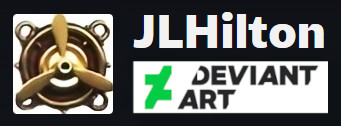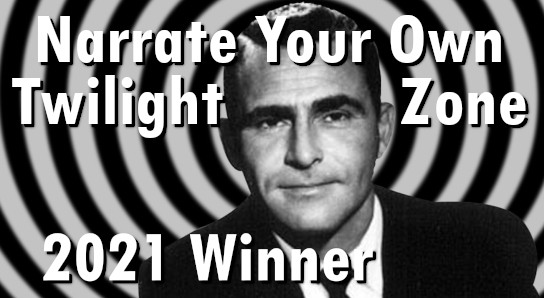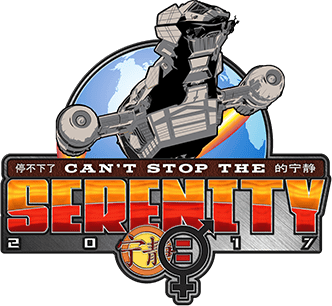This post originally appeared on CheckPointOrg.com in February 2020. CheckPoint was a mental health organization for gamers and the gaming community and is no longer in operation.

I started playing Fallout 4 in February 2016. There’s a building component to the game and I spent a lot of time crafting post-apocalyptic neighborhoods from the debris of the wasteland.
Siding with the local law enforcement faction, the Minutemen, I took every weapon, stimpak, can of Cram and piece of wood I found back to the desperate survivors who scratched a living from the radioactive dirt. I surrounded them with walls, guards, armor and the best missile turrets my perks could buy.
I made their world safe and rebuilt their lives, while in the real world I suffered crippling panic disorder, PTSD, depression, and related health issues including IBS, high blood pressure, chronic pain and insomnia.
There were too many days I couldn’t get out of bed and too many times I wondered if I would ever feel healthy or happy again. I had doctors, therapy, and medications, but no one could prescribe hope.
My sole survivor, Fiona, had hope.
My husband encouraged me to stream settlement tours. He reminded me I already had a YouTube channel, from years ago when I’d uploaded a bit of Minecraft for friends and family. We owned a headset with a mic. PlayStation 4 made it easy to share video game content.
“You’re playing the game anyway, might as well stream, too,” he said.
So I tried half an hour at a time, every few days. Trolls found me right away, insulted me for being a “gamer girl” and assumed I knew nothing about video games, even though I’d been playing them since the 1970’s — probably longer than they’d been alive. Every stream, there were vicious insults and sexual suggestions in the chatroom.
Never revealing how much it hurt and how I struggled to cope after a streaming session, my anxiety would be so bad I’d lay awake at night with intense irrational fears that someone would find out where I lived and try to hurt me or my family. I’d read about streamers being “swatted” or stalked and I wouldn’t stream for days.
But I also felt incredibly lonely. My mental health issues kept me isolated. How could I leave the house when I felt too terrified to move? What if I fainted? Where would I even go? Who would I talk to? I had no extended family, no coworkers, and few friends.
So, I’d stream again.
Bethesda released The Elder Scrolls V: Skyrim Special Edition in October 2016, giving me the chance to stream my favorite game. I’d played Skyrim for 900 hours on PlayStation 3 and spent countless hours reading online forums, articles and lore. The fantasy genre had been my solace through years of childhood abuse and continued to be a place where I felt at home as an adult.
I streamed Skyrim for two hours every day, in spite of nasty viewers and health issues. I loved the game too much to let anything stop me. It might seem silly to some people, that a video game gave me something to look forward to every day, a reason to feel happiness instead of dread, but after so much darkness I welcomed any light at all.
Even on days when I could do nothing else, couldn’t eat, sleep or laugh, I played Skyrim. Weeks passed and I gradually added other actions to my daily streaming ritual: Showering, brushing teeth, getting dressed, taking vitamins, eating a healthy lunch, stretching, hydrating.
Unlike most content creators, I didn’t stream for views, subs or money. I streamed to be myself again.
Most of my life, I’d hidden my personality, interests and opinions from others. When livestreaming, I could practice opening up. I could laugh, swear, cry, make a joke, flirt with video game characters, discuss plot points and make up stories. I learned to be okay with not pleasing everyone, a very difficult lesson for me.
I felt empowered by the ability to block rude people and treated my streams like a party. Anyone who left a turd in the punchbowl would be thrown out. This fostered a community where I connected with other women who played video games, gamer parents, gamers over 40, and people struggling with their own mental and physical health issues.
After Skyrim, I went on to play BioShock, Dishonored 2, Horizon Zero Dawn and many more. At the request of viewers, I started a new playthrough of Fallout 4.
There are still times I feel anxious or depressed but I haven’t had a panic attack or taken anxiety medication in two years. (As of this reprinting in 2024, it’s been six years.)
I can’t give video games all the credit. I also changed my diet, moved to another city, and went to marriage counseling. But knowing I can put on the headset, push a few buttons and have a good time with a community of supportive people has changed my life.
~ J.L. Hilton
Connect, support, comment or contact the author here







